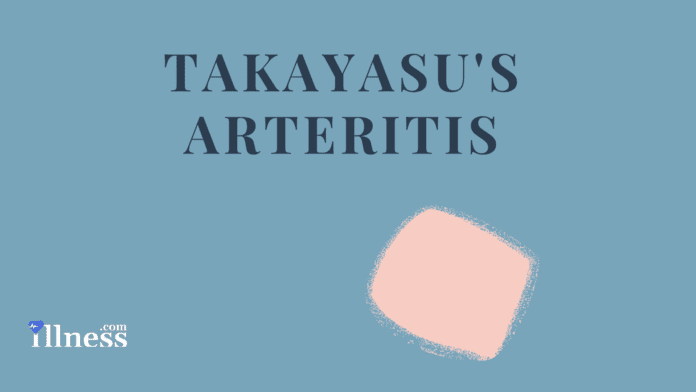Overview Of Aortic Arch Syndrome
The aortic arch is the top part of the main artery carrying blood away from the heart. Aortic arch syndrome refers to a group of signs and symptoms associated with structural problems in the arteries that branch off the main artery.
Commonly Associated With
Subclavian artery occlusive syndrome; Carotid artery occlusion syndrome; Subclavian steal syndrome; Vertebral-basilar artery occlusive syndrome; Takayasu disease; Pulseless disease
Causes Of Aortic Arch Syndrome
Problems can be due to trauma, blood clots, or malformations that develop before birth. These defects result in abnormal blood flow to the head, neck, or arms.
In children, there are many types of this condition, including:
- Congenital absence of a branch of the aorta
- Isolation of the subclavian arteries
- Vascular rings
- An inflammatory disease called Takayasu syndrome may result in narrowing (stenosis) of the vessels of the arch. This typically occurs in women and girls. This disease is seen more often in people of Asian descent.
Symptoms
Symptoms vary according to which artery or other structure has been affected.
Symptoms may include:
- Blood pressure changes
- Breathing problems
- Dizziness, blurred vision, weakness, and other brain and nervous system (neurological) changes
- Numbness of an arm
- Reduced pulse
- Swallowing problems
- Transient ischemic attacks (TIA)
Treatment Of Aortic Arch Syndrome
Surgery is often needed to treat the underlying cause of this condition.



